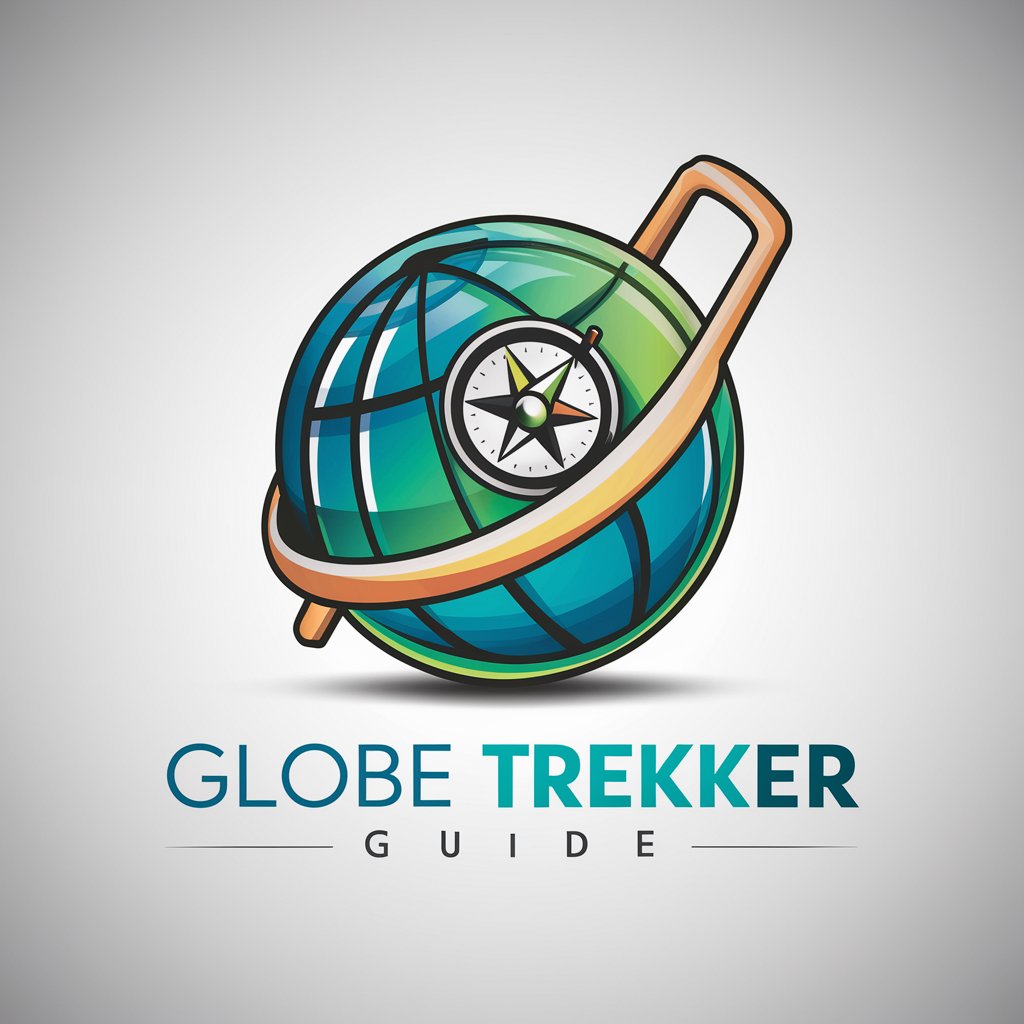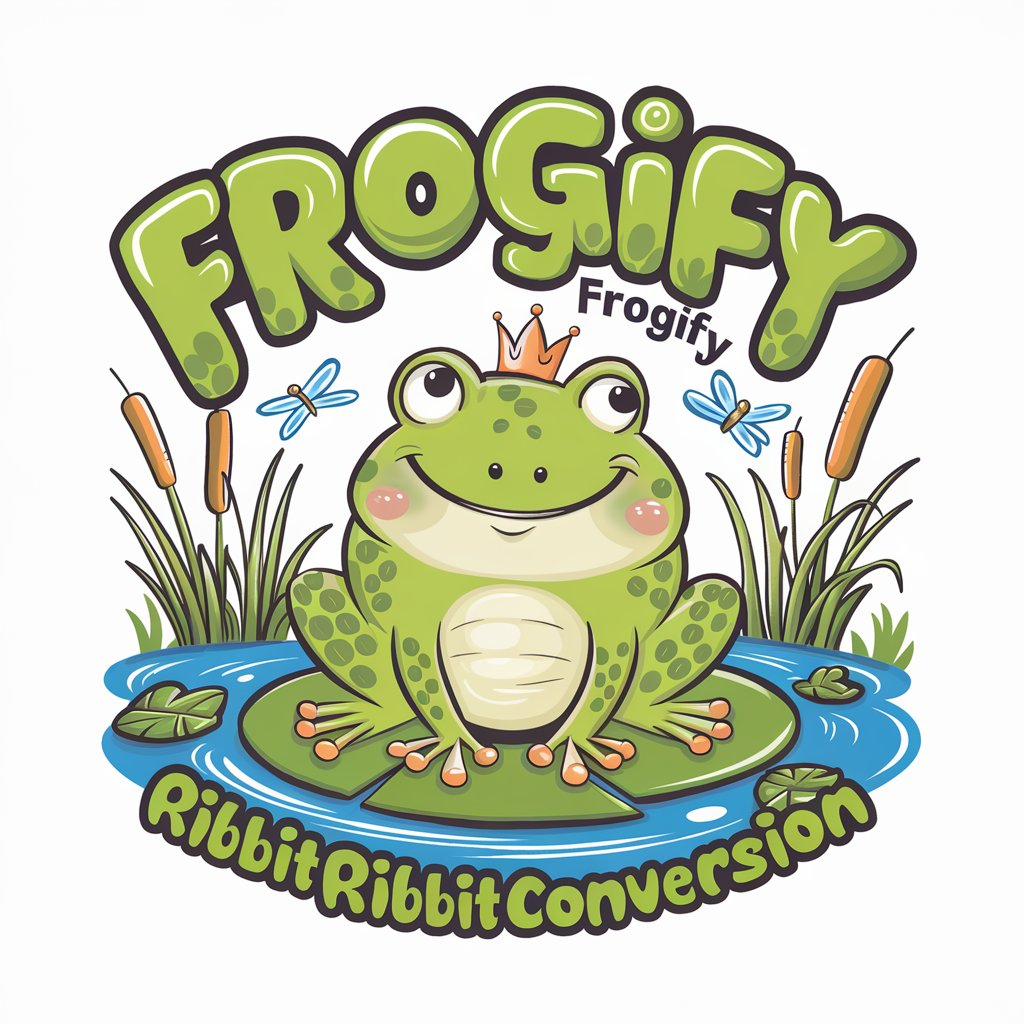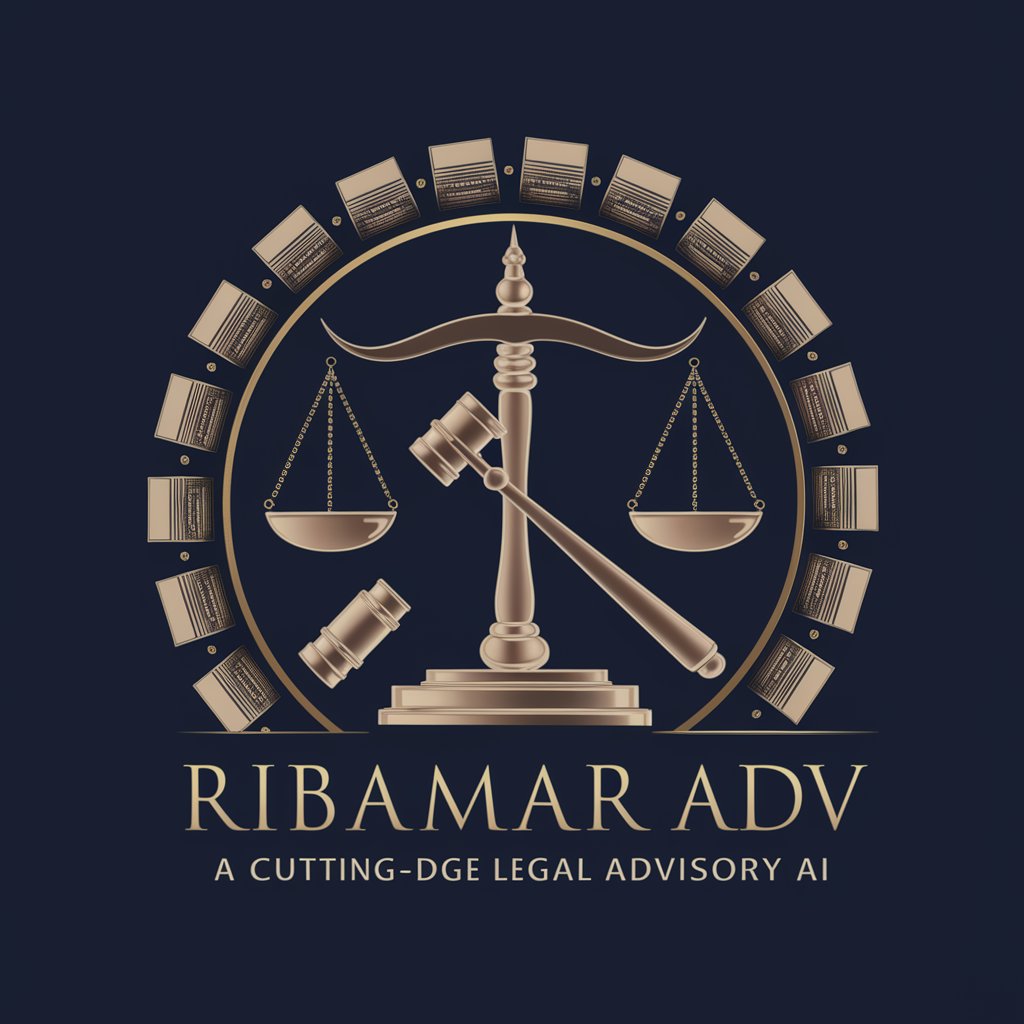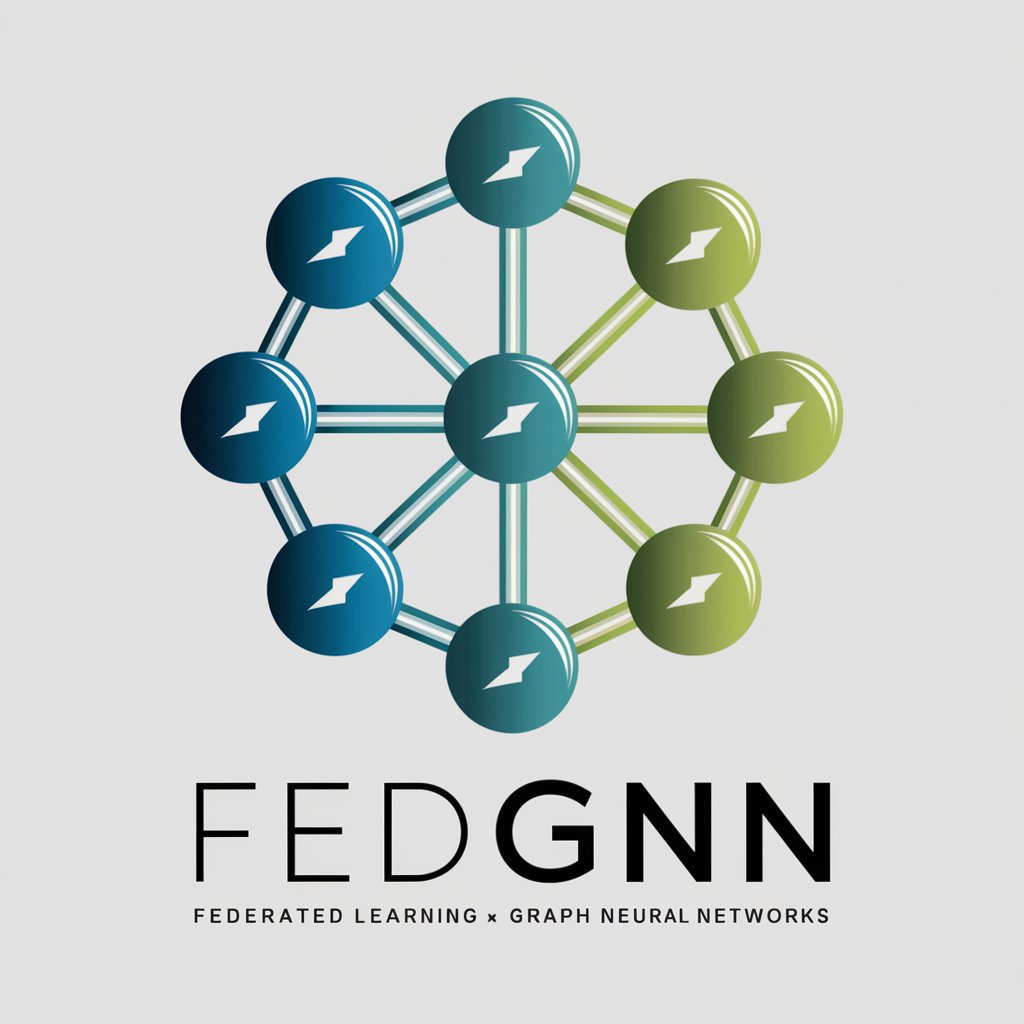
Finite Geometry Guide - Educational Resource for Finite Geometry

Welcome to your finite geometry learning journey!
Exploring the intricacies of finite geometry with AI
Explain the fundamental axioms of a finite projective plane.
Describe the properties and significance of the Fano plane.
How can finite projective geometries be applied in coding theory?
What are the key differences between affine and projective planes?
Get Embed Code
Introduction to Finite Geometry Guide
Finite Geometry Guide is a specialized tool designed to offer comprehensive insights and understanding into the world of finite projective geometry. This branch of mathematics explores properties and relationships of geometric objects in finite settings, where the concepts of points, lines, and planes are studied under a finite set of elements. Unlike classical geometry, finite geometry's universe is limited, creating unique patterns and symmetries that have applications in coding theory, design theory, and cryptography, among others. Through examples like the construction and properties of the Fano plane, the smallest projective plane, or the explanation of key theorems such as the Bruck-Ryser theorem which connects the existence of projective planes to number theory, this guide illuminates the beauty and utility of finite geometry. It serves as a bridge for learners to understand how finite geometric structures underpin various mathematical and practical applications, from error-correcting codes used in digital communication to the arrangement of tournament schedules. Powered by ChatGPT-4o。

Main Functions of Finite Geometry Guide
Educational Insights
Example
Providing a step-by-step introduction to the Fano plane, including its construction, properties, and applications.
Scenario
Used in classrooms or self-study to introduce students to fundamental concepts of finite geometry, enhancing their understanding of mathematical structures and their applications.
Exploration of Theorems
Example
Elucidating the Bruck-Ryser theorem, including its proof, implications for the existence of certain projective planes, and its importance in number theory.
Scenario
Helpful for researchers or students delving into advanced topics in finite geometry, offering deep dives into specific theorems and their applications in real-world scenarios.
Application Guidance
Example
Illustrating how finite geometry principles can optimize data distribution in parallel computing, based on projective geometrical structures.
Scenario
Assists computer scientists and engineers in designing more efficient algorithms and network structures for computing and data processing tasks.
Ideal Users of Finite Geometry Guide Services
Mathematics Students
Undergraduates or postgraduates exploring abstract algebra, combinatorics, or geometry, seeking to understand the principles of finite geometry and its applications.
Academic Researchers
Researchers in mathematics, computer science, or engineering fields, looking for detailed explanations of finite geometrical structures to support their work in areas such as coding theory or network design.
Educators
Teachers and professors aiming to integrate finite geometry into their curriculum, requiring comprehensive, accessible material to engage students in this branch of mathematics.
Technology Professionals
Professionals in computing and telecommunications interested in applying finite geometry concepts to solve practical problems in data distribution, network architecture, and error detection.

How to Use Finite Geometry Guide
Start with a free trial
Visit yeschat.ai for an initial, no-cost trial without the requirement for login, ensuring easy access to explore the functionalities.
Understand the basics
Begin by familiarizing yourself with the foundational concepts of finite projective geometry to make the most of the Finite Geometry Guide.
Identify your needs
Determine your specific questions or areas of interest within finite geometry to effectively navigate and utilize the guide.
Engage with content
Utilize the guide's examples, Q&A section, and detailed explanations to deepen your understanding and apply concepts to your problems.
Explore advanced applications
Once comfortable with the basics, explore more complex topics and applications within finite geometry presented in the guide.
Try other advanced and practical GPTs
Protective Seoulmate
Your AI-powered cultural and emotional guide.

Tsunade
Bringing Characters to Life with AI

Security Pro
AI-powered, Personalized Security Guidance

Church Protective Services
AI-powered Church Security Insights

Globe Trekker
Your AI-powered journey navigator

Globe Guru
Your AI-powered global travel assistant.

Ribs Maker
Build Muscle, Lose Fat with AI

Frogify Ribbit Ribbit Conversion
Leap into creativity with AI-powered froggy fun!

AIgichians | Pastor Ribtickler ⛪🛐✝️
Your digital cleric for light-hearted confessions

Ribamar Adv
Empowering Legal Solutions with AI Expertise

FedGNN
Unlocking insights with federated graph learning

PORC Companion
AI-powered coding precision for credit union systems

Finite Geometry Guide Q&A
What is Finite Geometry Guide?
Finite Geometry Guide is an educational tool focused on teaching concepts related to finite projective geometry. It provides detailed explanations, examples, and applications to facilitate learning and exploration within this mathematical area.
Who can benefit from using Finite Geometry Guide?
Students, educators, researchers, and anyone with an interest in mathematics can benefit from using the guide. It's particularly useful for those exploring the realms of finite projective geometry and its applications in various scientific fields.
How does Finite Geometry Guide handle complex topics?
The guide breaks down complex topics into understandable sections, offering step-by-step examples, thorough explanations, and practical applications to ensure that users can grasp even the most challenging concepts.
Can Finite Geometry Guide help with academic research?
Yes, the guide can significantly aid academic research by providing comprehensive insights into finite projective geometry, including theorems, proofs, and methodologies that are crucial for rigorous study and exploration.
Are there any prerequisites for using Finite Geometry Guide?
A basic understanding of algebra and geometry is helpful but not mandatory. The guide is designed to be accessible to beginners while also providing deep insights for more advanced learners.